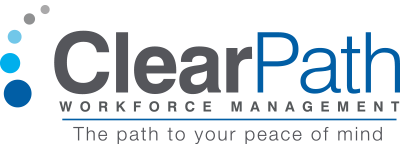This article has been recently revised to include an updated 2019 Paid Sick Leave Cheat Sheet.
Over the last several years, many states, cities, and counties have passed and put into law Paid Sick Leave ordinances. While this is a great benefit for the employee, it is making it harder and more complicated to be an employer. To assist with this, ClearPath has created a free Cheat Sheet outlining the current Paid Sick Leave ordinances. This Paid Sick Leave Cheat Sheet was created because ClearPath pays close attention to this detail, on behalf of our client companies.
Recently, a friend asked me to review a job offer she had received. When I read the benefits offered, it didn’t list any paid sick leave. This was an ordinance that passed in her state two years ago! Her prospective employer didn’t know this was a statutory benefit that all employees are entitled to receive.
Each State has a different Paid Sick Leave ordinance
In part, the complexity of managing Paid Sick Leave regulations is due to the lack of a single rule to follow. For example, the State of California adopted a statewide rule July 2015. But some cities already had local regulations on the books, or adopted their own rules after this ordinance went into effect. California employers are expected to know the state rule is used unless the employee is working in Berkeley, Emeryville, the City of Los Angeles, Oakland, San Diego, San Francisco, or Santa Monica. Other states have similar caveats, for instance in New Jersey, there are twelve different city ordinances to administer. Each state and local ordinance also sets their own criteria. These include the amount of hours of sick paid that are accrued (for example, 1 hour of sick pay for every 30 hours worked), when the accrual starts (date of hire or X amount days after hire), when the employee can use the time accrued (such as a 90 day waiting period), maximum hours they accrue per year, and if the hours can be rolled over to the following year.Did you know?
Other areas of exposure to consider:- Paid Sick Leave notices must be displayed where workers can see them. You may be fined if they are not displayed.
- Most ordinance require that paid sick leave accruals appear on the employee’s paystub. There could be a possible fine for not having the accrual on the paystub.
- Laws prohibit an employer from denying an employee the right to use paid sick leave, discharging, threatening to discharge, demoting, suspending or in any manner discriminating against an employee.
- Laws protect the employees against retaliation for using sick leave, filing a complaint with the Labor Commissioner’s Office, allege a violation of these rights, cooperate in an investigation or prosecution, or oppose a policy or practice prohibited by the ordinance.
Avoid Paid Sick Leave employer confusion
If you are a Small or Medium Business (SMB), struggling with these ordinances on your own, we’ve created a Paid Sick Leave Cheat Sheet to eliminate the confusion. It lists all the states, cities, and counties, when the ordinance was enacted, accrual rate, how many hours per year can be accrued, when the accrual begins, when the employee can use the accrual, and a link to the particular legislation that gives more details. This is particularly helpful to SMBs or employers with limited resources to track and manage these complexities. To get your copy, click here. Tired of being the employer? If you want to turn over the headache of tracking and complying with these and other ordinances and employer laws, consider ClearPath as your Employer of Record service. We can take care of your employees and all the complexities of compliance allowing you to focus on your business. Contact ClearPath to explore a potential partnership.- Written by: Karen Baldock
- Posted on: December 19, 2018
- Tags: EMPLOYER OF RECORD SERVICE, ENGAGING W-2 WORKERS, PAID SICK LEAVE, PAID SICK LEAVE CHART, SELF SOURCED WORKERS, SMB, W-2 Worker Classification, WORKER ORDINANCES

